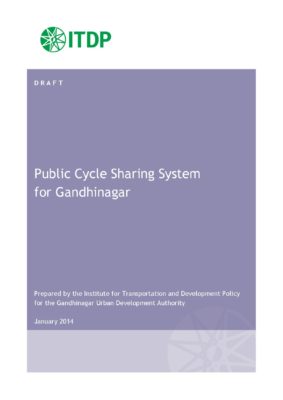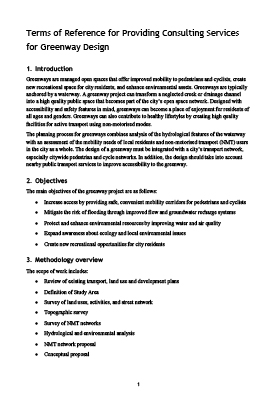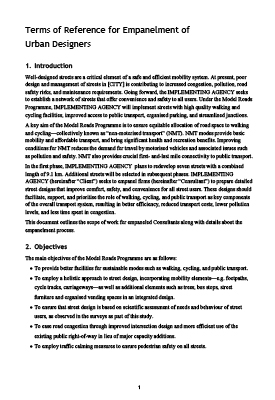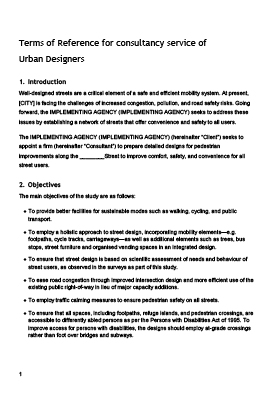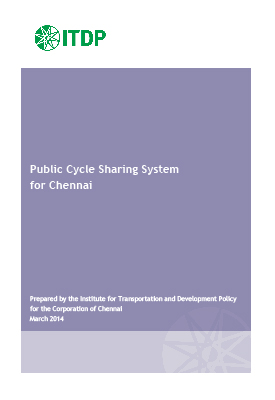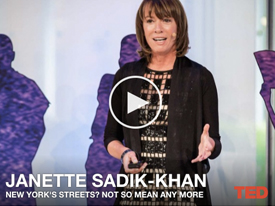Gandhinagar is the capital of Gujarat state and has a population of 2,08,299.2 The city’s density is
approximately 7,900 persons per sq km. Much of the city is organized on a 1.0 km by 0.7 km grid. A
typical sector layout consists of convenience shops and community park in the centre surrounded by
residences, including both government and private housing.
The Gandhinagar Urban Development Authority (GUDA) is planning a public cycle sharing system with approximately 1,430 cycles and an initial coverage area of 21.8 square kilometres. Gandhinagar is a planned city, characterized by separated land uses with government facilities comprising the central sectors. Since most of the commercial activities and institutional land uses are concentrated in specific areas and given the lack of connectivity to other uses, the city sees a high level of dependence on personal motor vehicles for short trips. Cycle sharing will help address the connectivity gap, serving as an alternate means of mobility that links the residential, commercial and institutional sectors. It will help users get to work and finish daily errands in a quick and cost effective way.
Cycle sharing also will complement public transport services, including intercity services provided by the Gujarat State Road Transport Corporation (GSRTC), the local the city bus system VTCOS, and the planned Janmarg bus rapid transit link from Ahmedabad.




